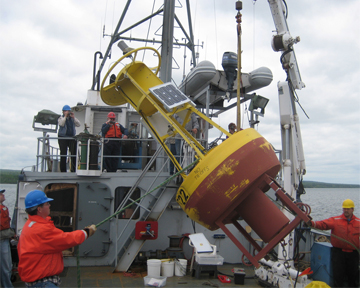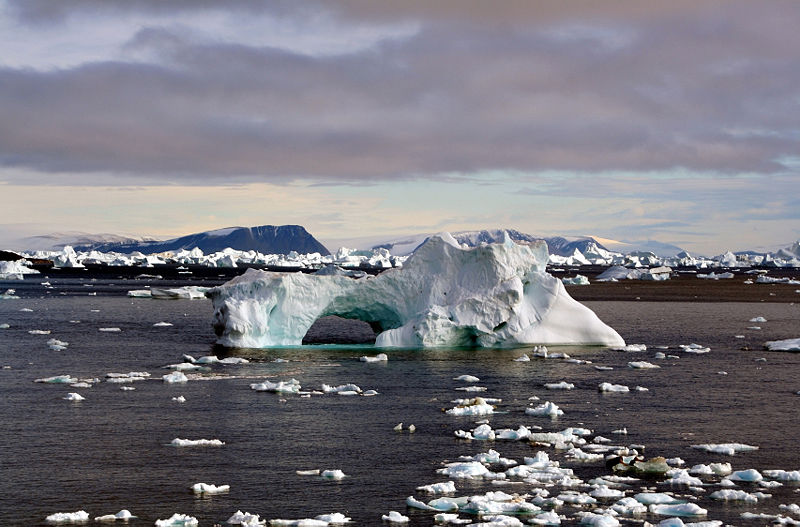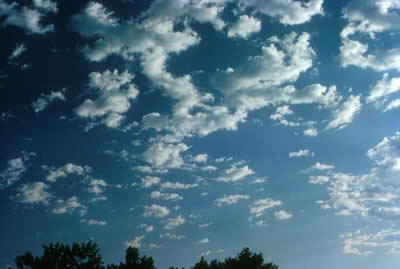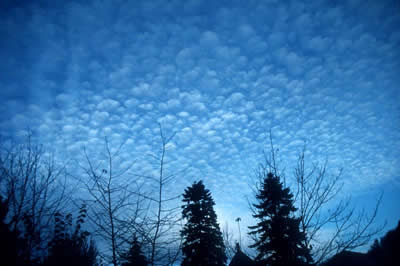Changing Planet: Warming Lakes
Satellite observations of lake temperatures at many lakes around the world show that lakes are warming worldwide. These satellite observations are in agreement with measurements taken in many lakes, large and small, which show increasing temperatures and changes in lake ecosystems. Because lakes play such an important role in society, as a source of food, water, and recreation, these changes can have a significant impact on many aspects of our lives. Scientists are just starting to study and understand the implications of rising temperatures on lake ecosystems.Watch the NBC Learn video - Changing Planet: Warming Lakes to find out more.
Lesson plan: Changing Planet: The Warming of Our Large Lakes - Reasons for Concern
You might also be interested in:

There is a scientific consensus to the fact that the global climate is warming because of the addition of heat-trapping greenhouse gases which are increasing dramatically in the atmosphere as a result
...more
Many educators are now finding opportunities to teach about Earth's climate and climate change in their classrooms. Windows to the Universe provides an interlinked learning ecosystem to a wealth of resources
...more
Looking for online content that can be used for a climate change education course or module? Pages linked below can be used to support an introductory climate change education for either a unit or a full
...more
Altocumulus clouds (weather symbol - Ac), are made primarily of liquid water and have a thickness of 1 km. They are part of the Middle Cloud group (2000-7000m up). They are grayish-white with one part
...more
Altostratus clouds (weather symbol - As) consist of water and some ice crystals. They belong to the Middle Cloud group (2000-7000m up). An altostratus cloud usually covers the whole sky and has a gray
...more
Cirrocumulus clouds (weather symbol - Cc) are composed primarily of ice crystals and belong to the High Cloud group (5000-13000m). They are small rounded puffs that usually appear in long rows. Cirrocumulus
...more
Cirrostratus (weather symbol - Cs) clouds consist almost entirely of ice crystals and belong to the High Cloud (5000-13000m) group. They are sheetlike thin clouds that usually cover the entire sky. The
...more














